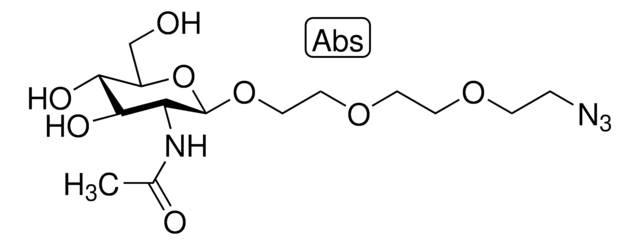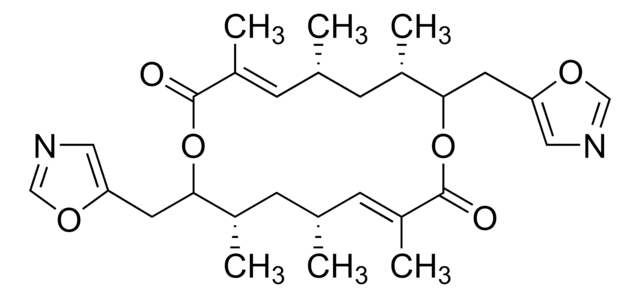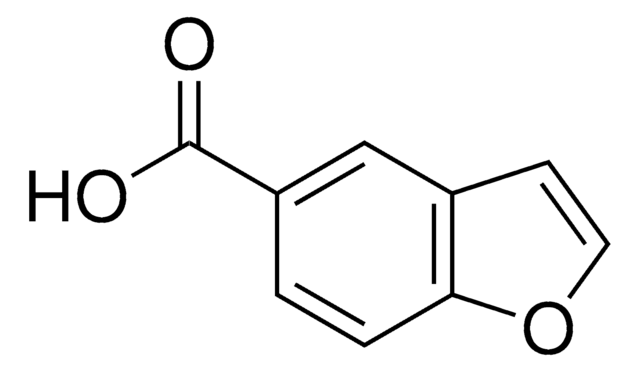Wichtige Dokumente
SMB01059
Coatline B
≥90% (LC/MS-ELSD)
Synonym(e):
(2R)-3-(3,4-Dihydroxyphenyl)-1-(3-β-D-glucopyranosyl-2,4-dihydroxyphenyl)-2-hydroxy-1-propanone (ACI)
About This Item
Empfohlene Produkte
Biologische Quelle
plant
Assay
≥90% (LC/MS-ELSD)
Form
solid
Mol-Gew.
452.41
Löslichkeit
water: slightly soluble
Anwendung(en)
metabolomics
vitamins, nutraceuticals, and natural products
Lagertemp.
−20°C
SMILES String
O1[C@@H]([C@H]([C@@H]([C@H]([C@@H]1c2c(c(ccc2O)C(=O)[C@H](O)Cc3cc(c(cc3)O)O)O)O)O)O)CO
Allgemeine Beschreibung
Leistungsmerkmale und Vorteile
- High quality compound suitable for multiple research applications
- Compatible with HPLC and mass spectrometry techniques
Sonstige Hinweise
Lagerklassenschlüssel
11 - Combustible Solids
WGK
WGK 3
Flammpunkt (°F)
Not applicable
Flammpunkt (°C)
Not applicable
Hier finden Sie alle aktuellen Versionen:
Analysenzertifikate (COA)
Leider sind derzeit keine COAs für dieses Produkt online verfügbar.
Wenn Sie Hilfe benötigen, wenden Sie sich bitte an Kundensupport
Besitzen Sie dieses Produkt bereits?
In der Dokumentenbibliothek finden Sie die Dokumentation zu den Produkten, die Sie kürzlich erworben haben.
Unser Team von Wissenschaftlern verfügt über Erfahrung in allen Forschungsbereichen einschließlich Life Science, Materialwissenschaften, chemischer Synthese, Chromatographie, Analytik und vielen mehr..
Setzen Sie sich mit dem technischen Dienst in Verbindung.








